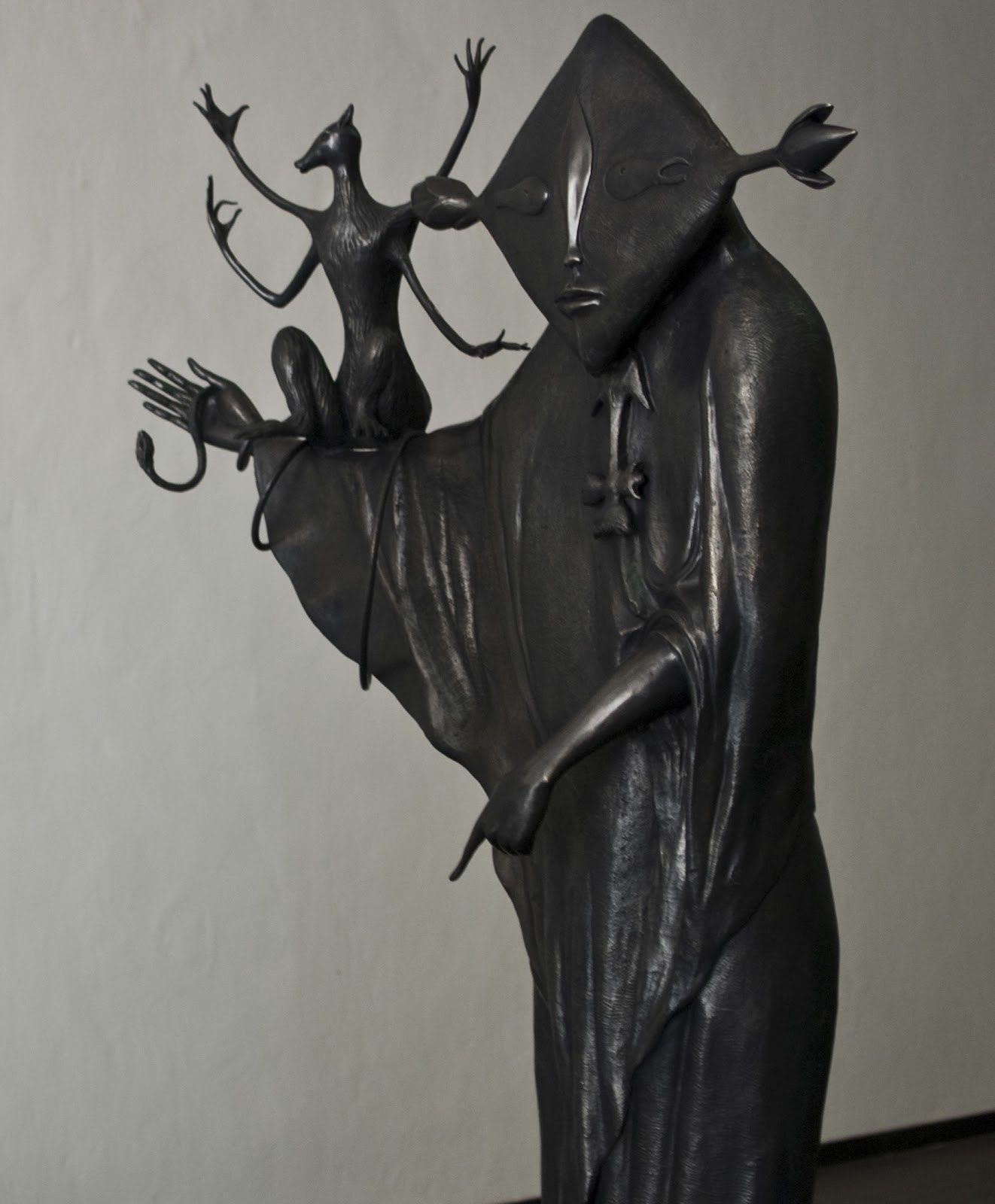Aaron Abraham Shikler | Jacqueline Bouvier Kennedy Onassis, 1970
By William Grimesnov: - Aaron Abraham Shikler (1922-2015), an artist whose portraits of America’s economic, political and social elite included a brooding John F. Kennedy, a sorrowful Jacqueline Kennedy and a buoyant Ronald Reagan in jeans and work shirt, died on Thursday at his home in Manhattan. He was 93.
The death was confirmed by his daughter, Cathy Shikler van Ingen.
Mrs. Kennedy became an admirer of Mr. Shikler after seeing the paintings he had done of the children of the actor Peter Lawford and Patricia Kennedy Lawford, one of the president’s sisters. In 1967 she asked him to do pastel portraits of her children, Caroline and John, and a group portrait of all three. A commission to do official White House portraits of her and (a posthumous one) of her husband followed.





















